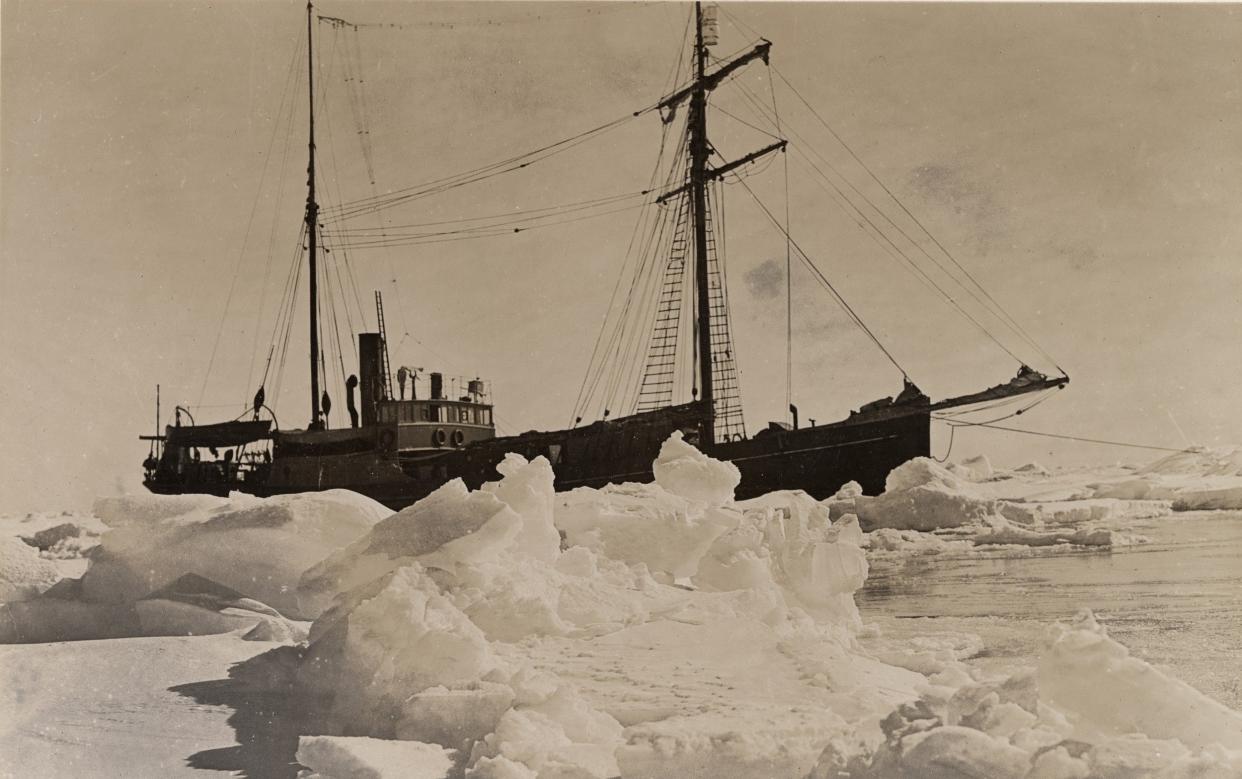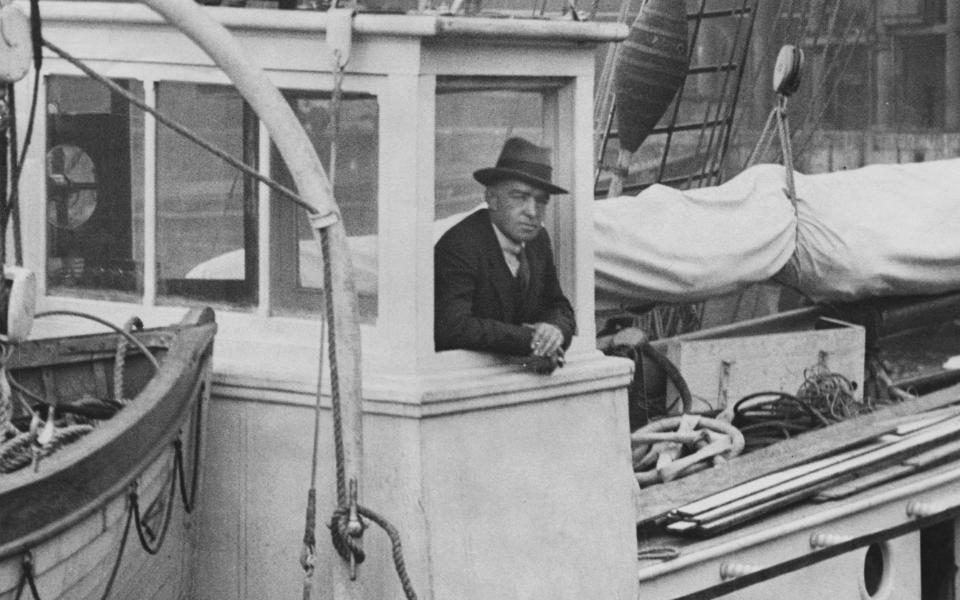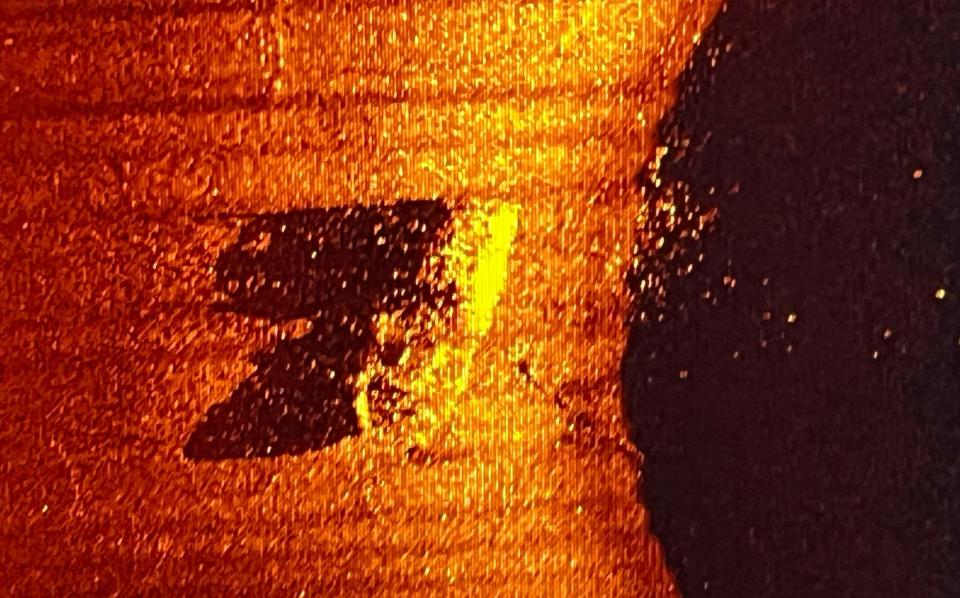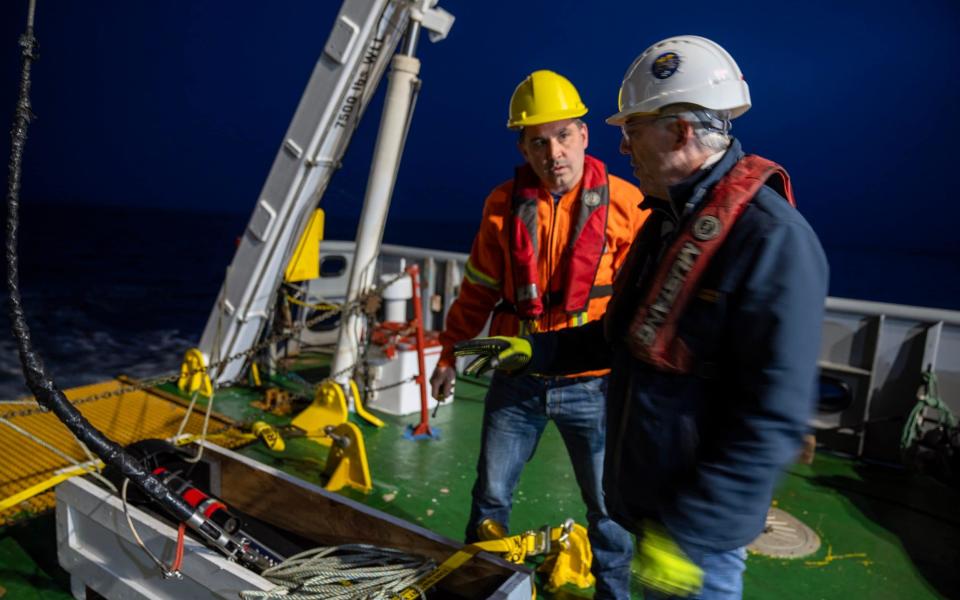Wreck of polar explorer Shackleton’s last ship found

The ship on which Sir Ernest Shackleton made his final voyage has been rediscovered off the coast of Canada.
Shackleton suffered a fatal heart attack aboard the Quest in 1922, aged 47, while trying to reach the Antarctic for a fourth expedition.
The vessel remained in use for another 40 years until it sank, but its link to the British-Irish adventurer has made the wreck legendary.
Locating Quest represented the “last discovery in the Shackleton story”, said Alexandra Shackleton, his granddaughter.
Shackleton has been lionised as a leading figure of the so-called “heroic age” of Antarctic exploration.

“His final voyage kind of ended that heroic age of exploration, of polar exploration, certainly in the south,” said David Mearns, who directed the search to find the wreck.
He told the BBC the Quest was “in the pantheon of polar ships”.
The 111ft-long, schooner-rigged steamship was built for seal hunting, but continued sailing in various capacities for decades after Shackleton’s death, including in other exploratory voyages.
By 1962, the ageing vessel had returned to its original purpose and was being used by Norwegian sealers when thick sea ice pierced her hull and sent her to the seafloor off the coast of Newfoundland, Canada.
All its crew were rescued, but the wreck has remained a last mystery of the age of polar explorers, until it was rediscovered in the depths of the Labrador Sea on Sunday by a team led by The Royal Canadian Geographical Society (RCGS).
The ship was located using sonar equipment in 1,280ft of water, sitting almost upright on the seafloor.
Other than damage to its mast, the vessel appears broadly intact.
The RCGS search team had scoured the Quest’s logs, navigation records, photographs and other documents to find its final resting place.

The Quest was found almost exactly where their research had suggested, but its exact coordinates are being withheld.
The vessel is a protected area for marine and wildlife, and the search team said it did not intend to touch the wreck.
However, it is planning a second visit later this year, using a remotely operated vehicle to photograph the ship.

Alexandra Shackleton, the closest living relative to the explorer, and a patron of the RCGS survey, said she was thrilled by the discovery.
“For me, this represents the last discovery in the Shackleton story. It completes the circle,” she told the BBC.

